A fine copy of the first illustrated Boccaccio’s ‘Genealogiae’ edition of 1494
£8,000.00
BOCCACCIO, Giovanni. Genealogiae. Cum demonstrationibus in formis arborum designatis. Eiusdem de montibus & sylvis de fontibus: lacubus: & fluminibus. Ac etiam de stagnis & paludibus: necnon & de maribus: seu diversis maris nominibus. Published by Colophon: Bonetus Locatellus for Octavius Scotus septimo Kalendas Martias 23 Feb. 1495, 1494
13 full-page woodcut genealogies, numerous woodcut initials, 62/3 lines per page, final leaf with printer’s device, lower margin of leaf 6 neatly excised not touching text, small worm trail at gutter margin through initial 10 leaves, title with inscription and obliterated inscription which has marked the leaf verso, two leaves faintly spotted, occasional early marginalia, leaves [1], 2-162, folio eighteenth-century vellum, boards with blind-ruled panels and blind-stamped central vignettes, spine with raised bands and morocco labels lettered in gilt, yapp edges, leaves blue-edged, faintly toned, edges rubbed, rear pastedown with armorial bookplates of John Hadden Hindley and James Wyllie Guild (notable Scottish public accountant and antiquarian, whose comprehensive library was sold at Chapman’s auction in 1888).
Housed in custom drop-down box, A beautiful copy of the fourth edition of the complete text, and the first to include the full-page woodcut genealogies, of Boccaccio’s remarkable and highly influential mythography. Boccaccio’s friendship with and admiration of Petrarch were instrumental in the writing of the work, completed in 1360 and continually revised until his death in 1374, which drew on many sources, notably the twelfth-century Liber imaginum deorum and the earlier Vatican Mythographies, The influence of this work on the foundation of the Renaissance cannot be overstated, since it was Boccaccio’s profound belief, in opposition to contemporary clerical intellectuals, that much could be learned from classical sources without the risk of moral harm to a Christian readership. Genealogiae was Boccaccio’s best-known work in his lifetime and remained a key reference work on classical mythology for over 300 years. (King, The Renaissance in Europe, 2003; Hill, Wordsworth, Boccaccio, and the pagan gods of Antiquity, Review of English Studies.1994) (2 parts in 1 vol., the second part on classical geography (from leaf 132v onwards) titled: ‘De Montibus: Silvis: Fontibus: Lacubus: Fluminibus: Stagnis: seu Paludibus: de nominibus Maris’.) [With a letter from Ralph Carlson of Garland Publishing suggesting that this copy may have been used as the source for the Genealogiae facsimile issued by the publishing house in 1976] (ISTC: ib00753000; Goff B753; Klebs 190.3; Essling 799).


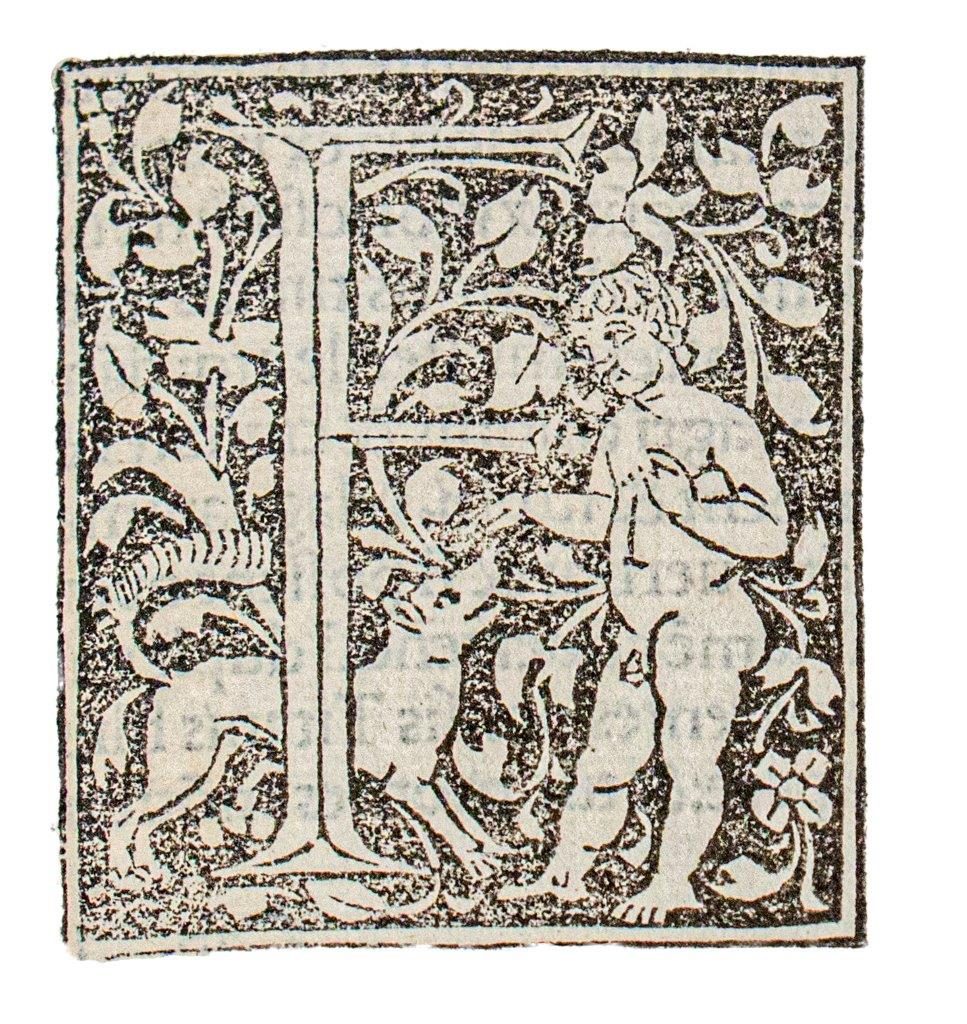
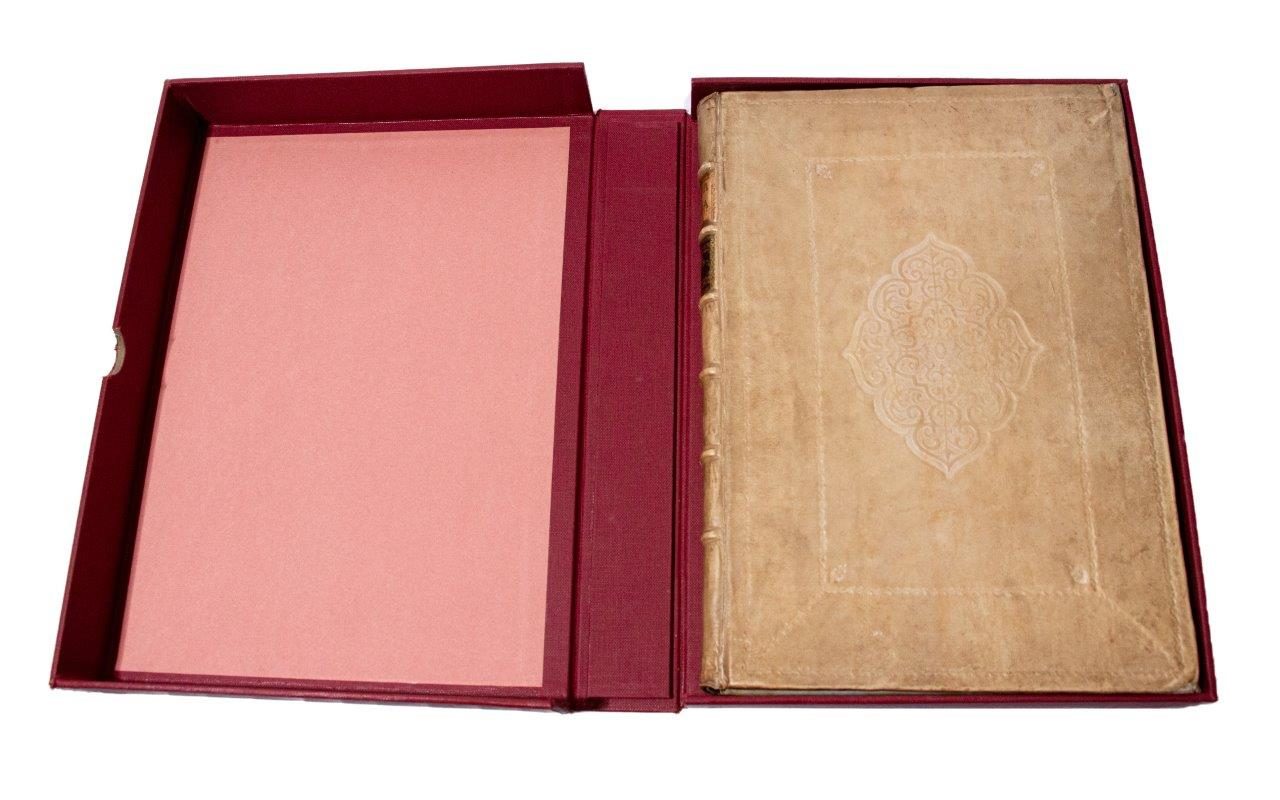
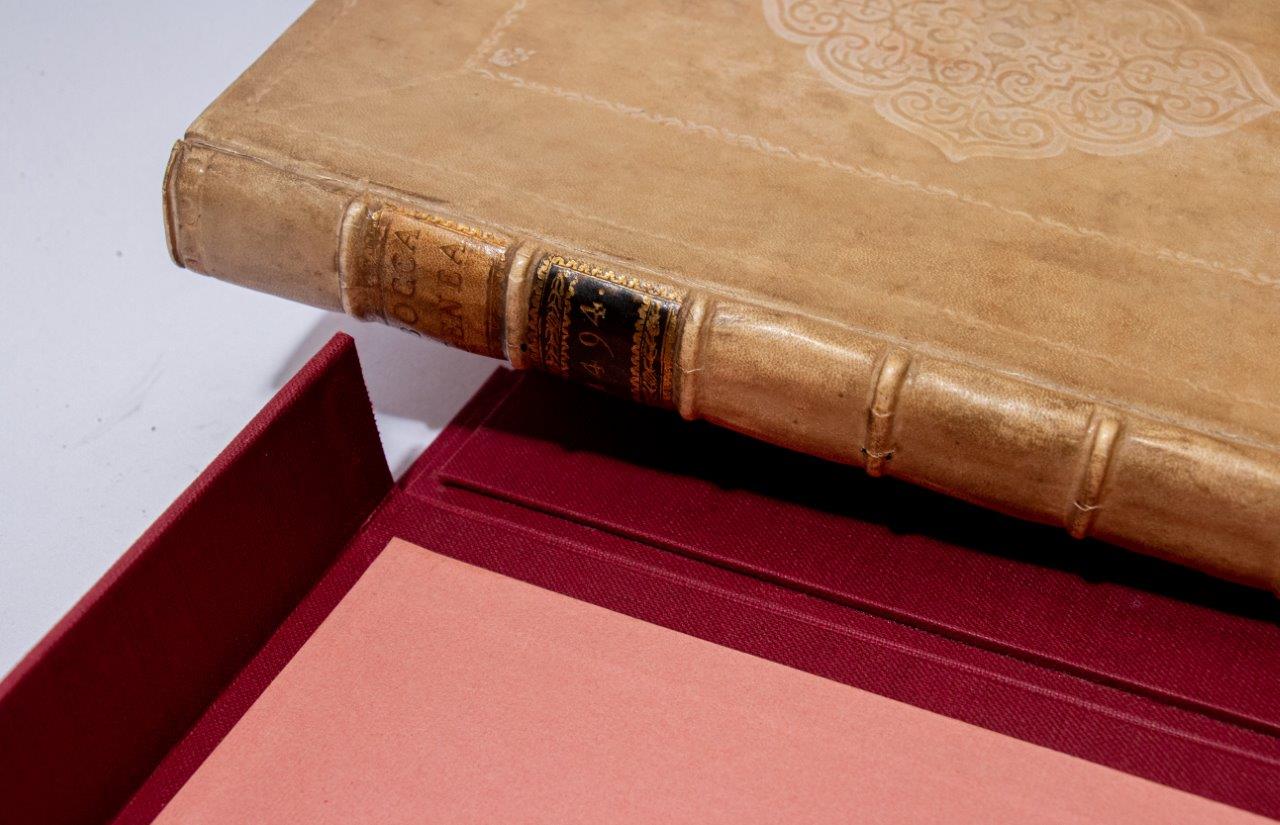
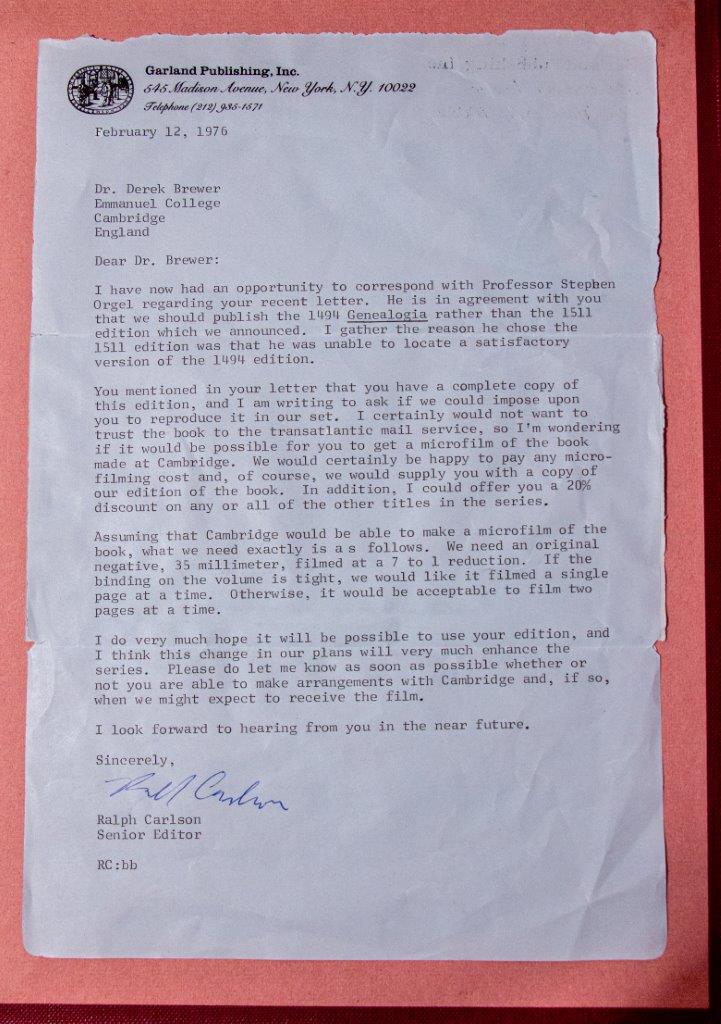
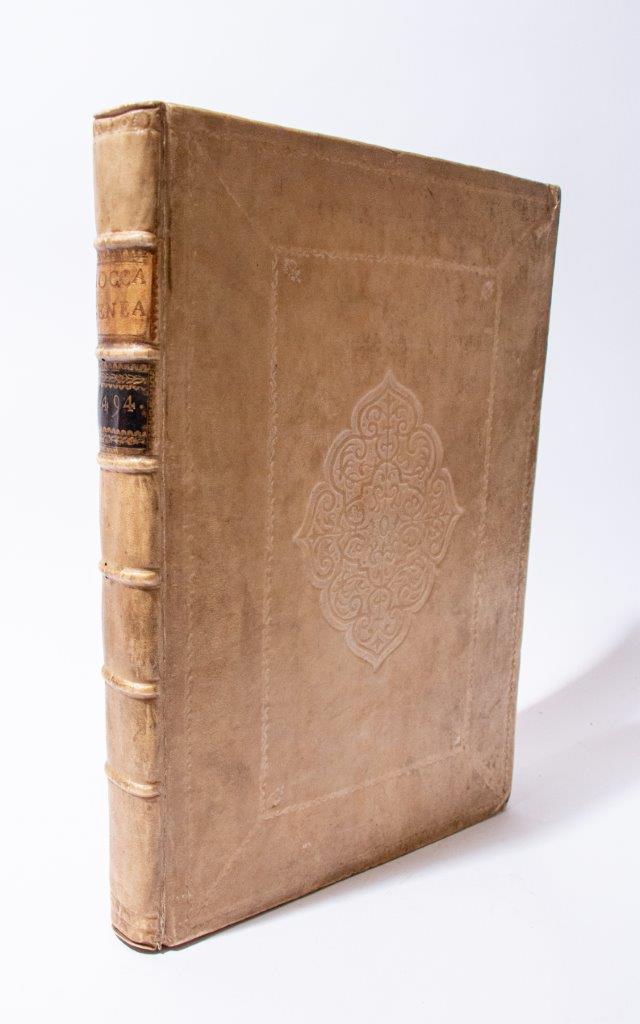
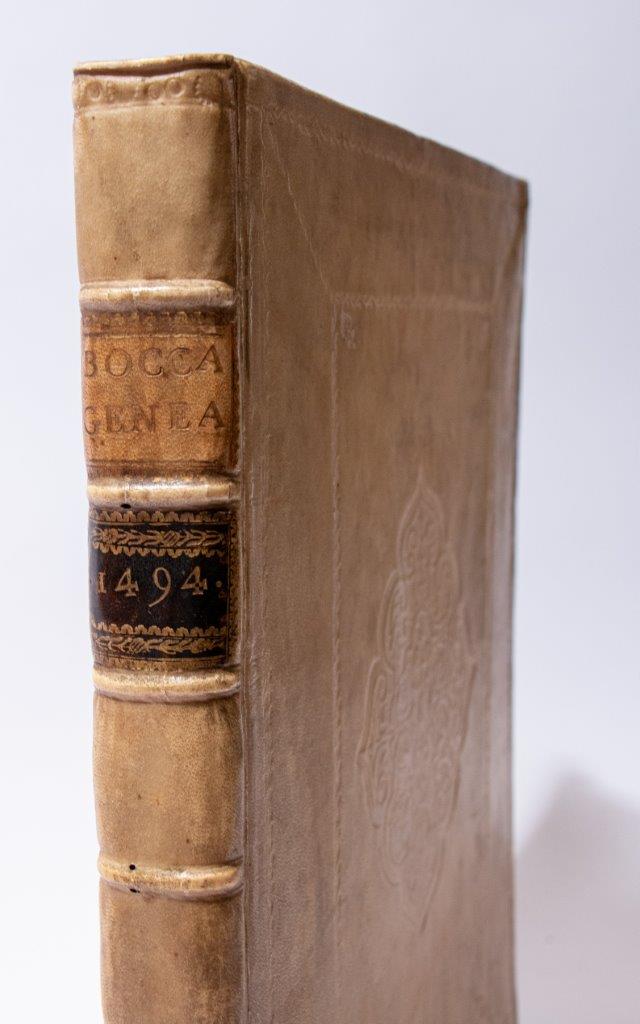
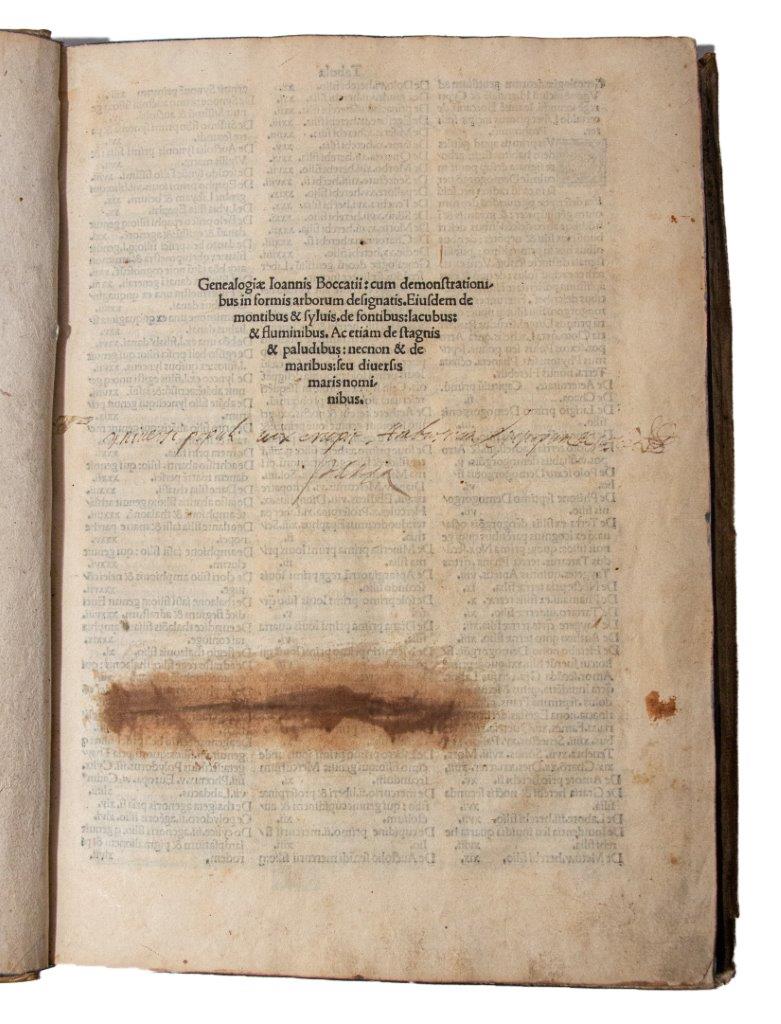
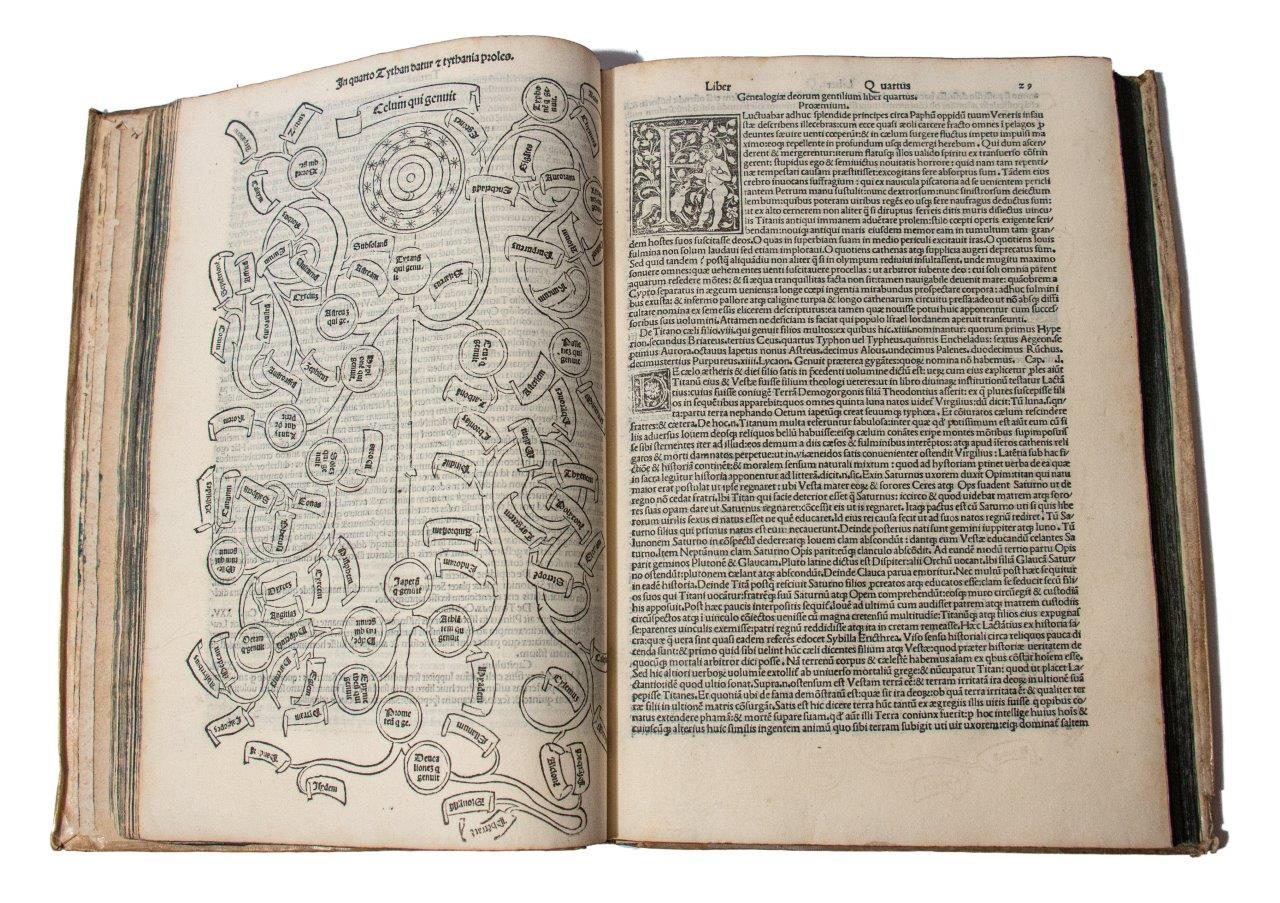
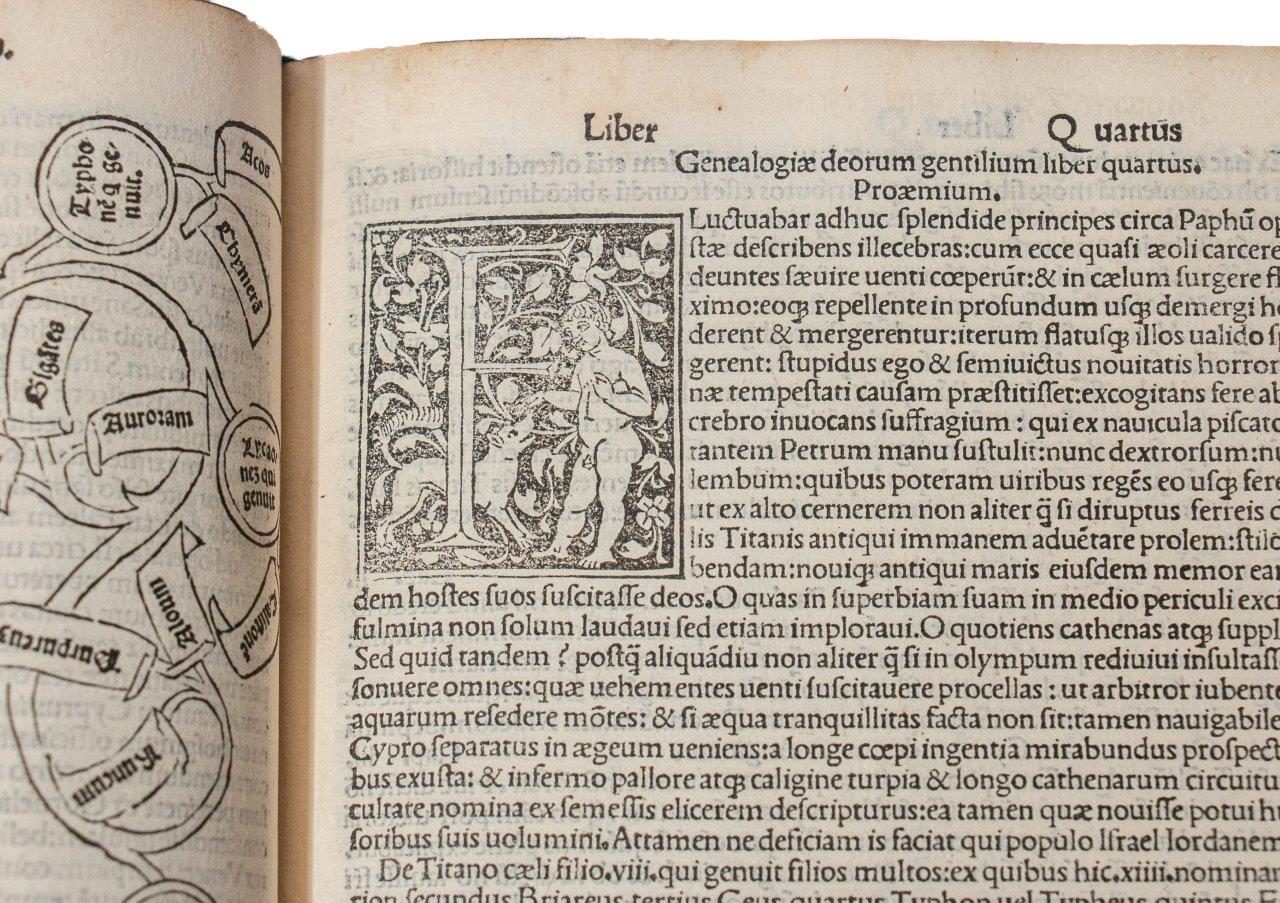
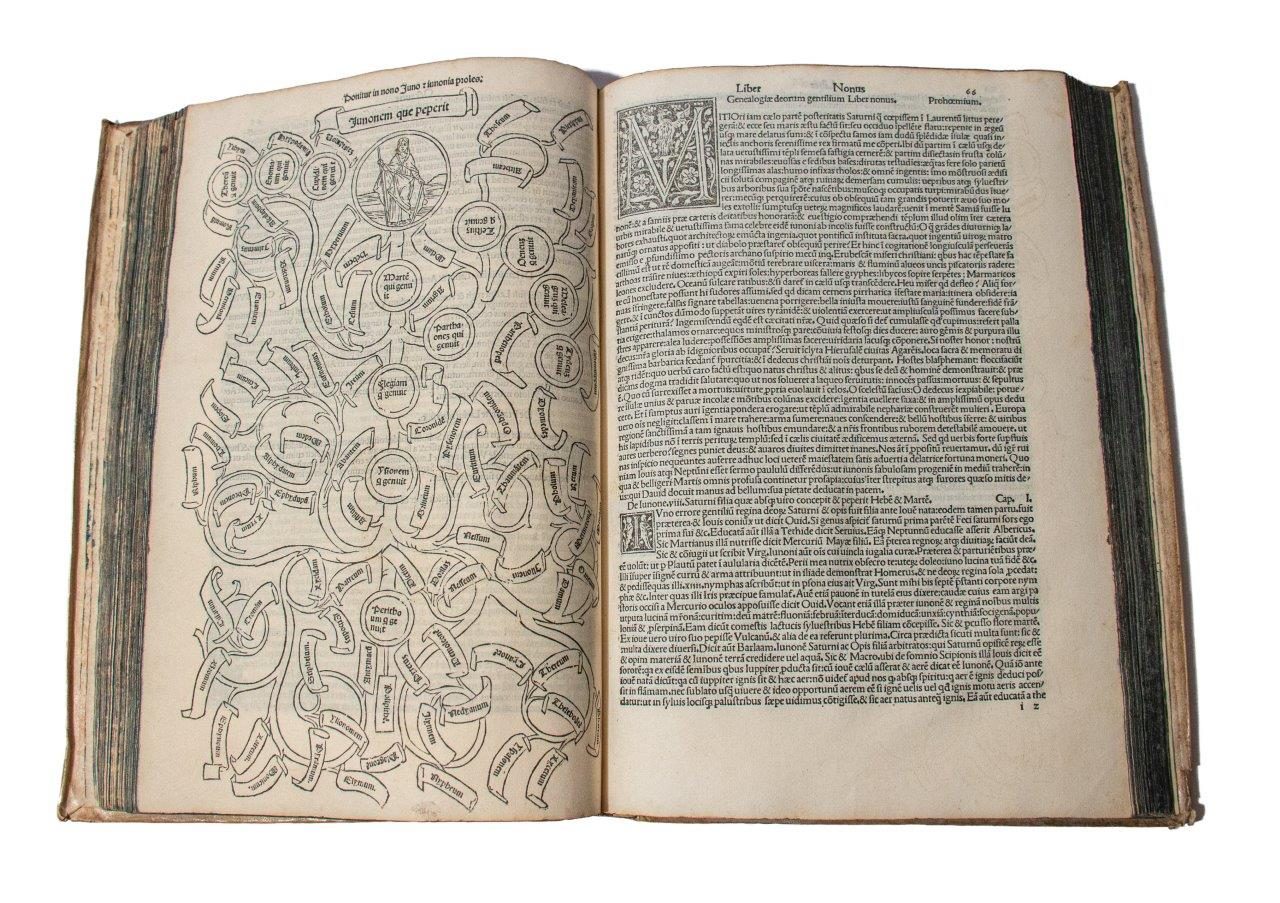

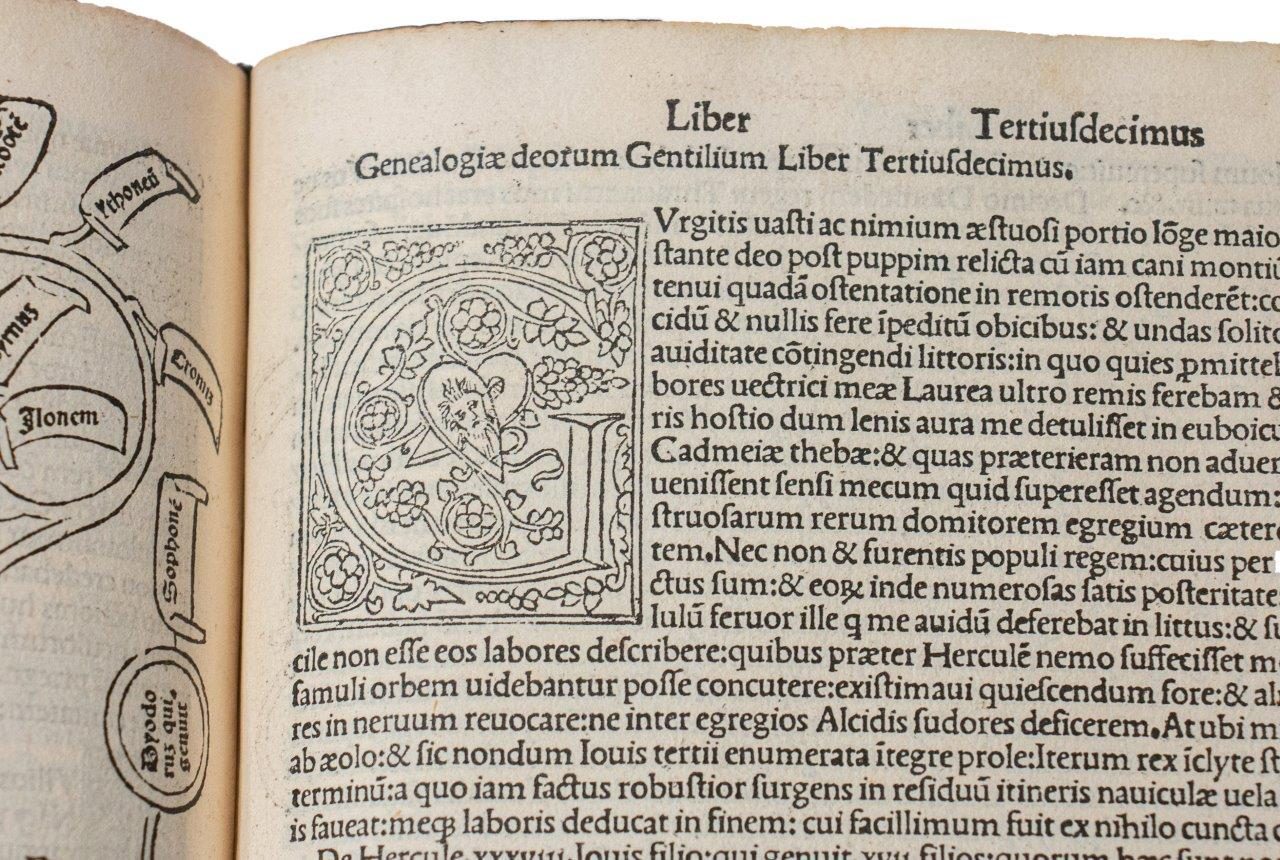
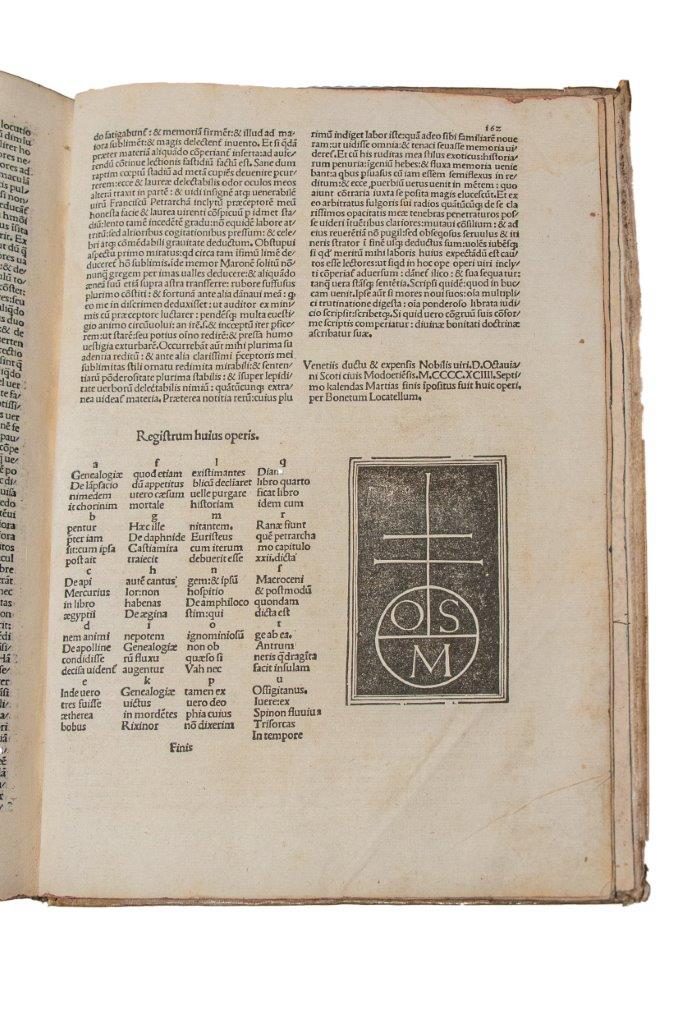
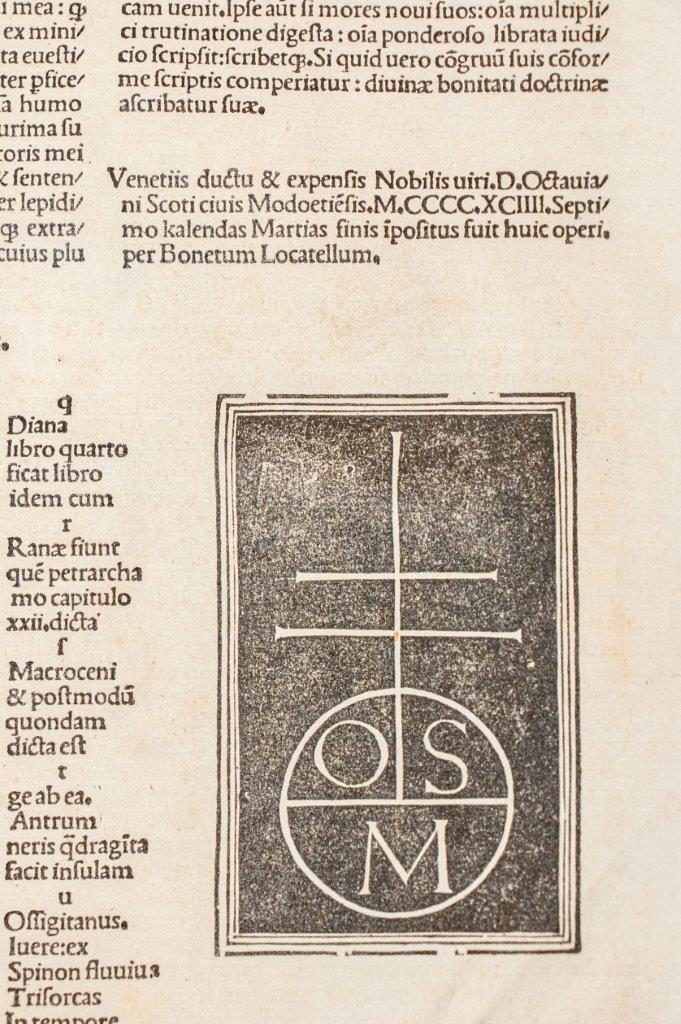
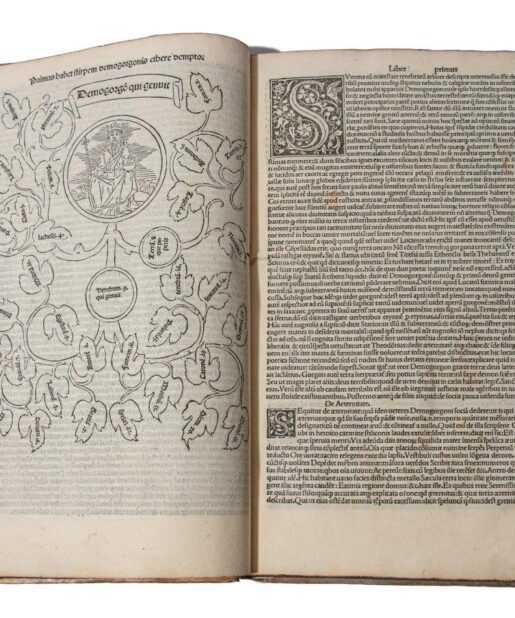
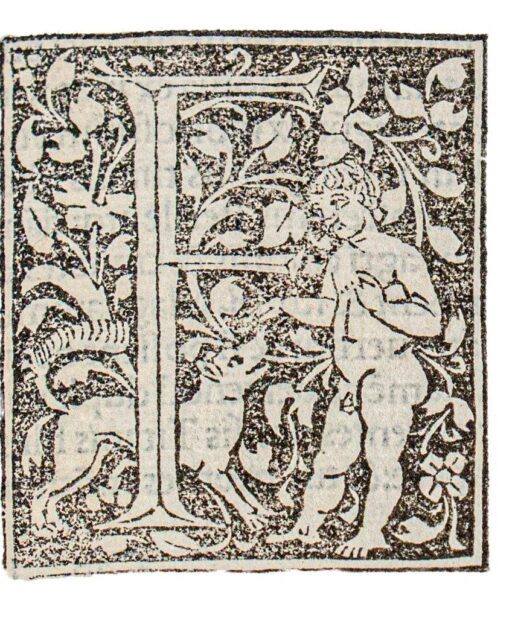
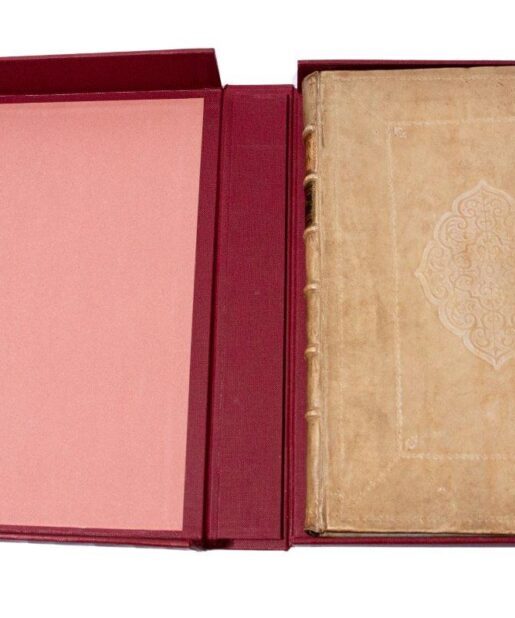
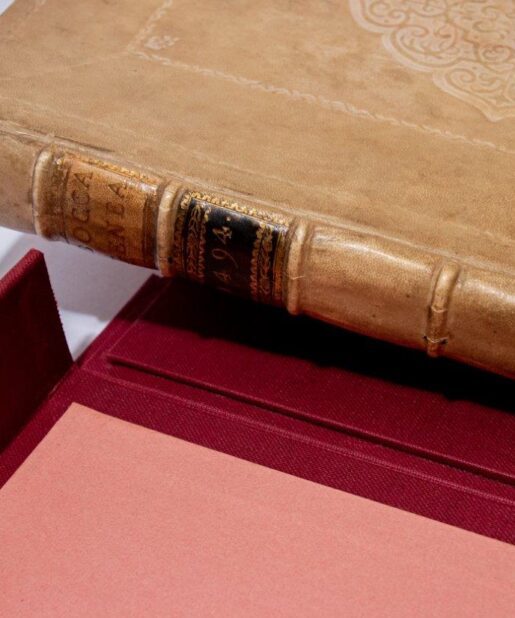
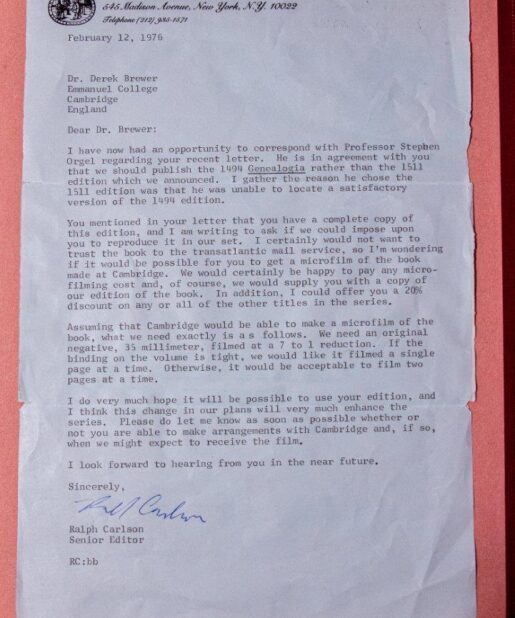
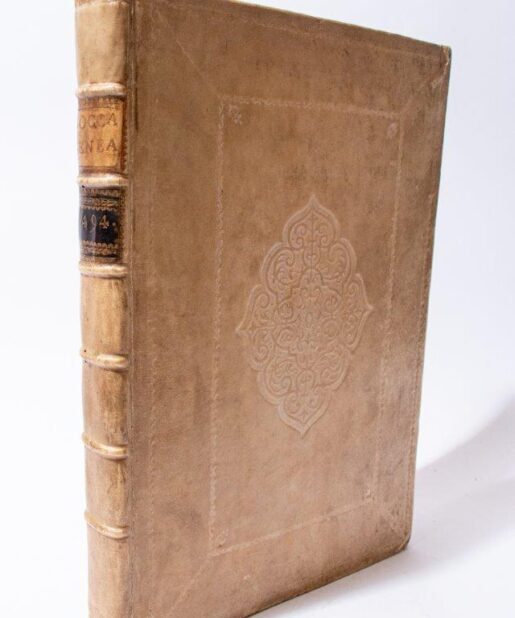
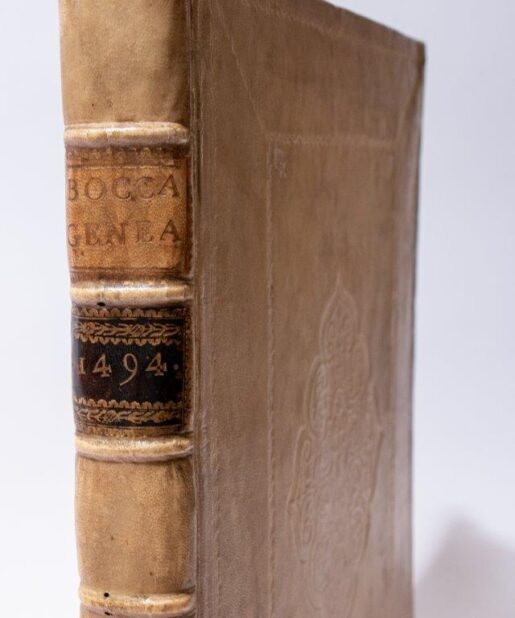
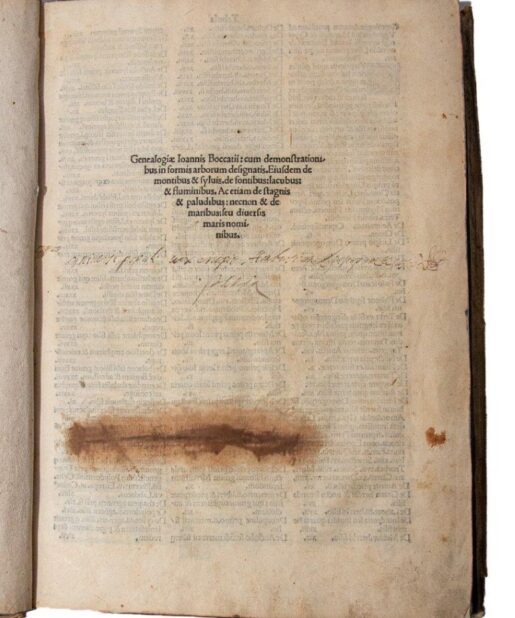
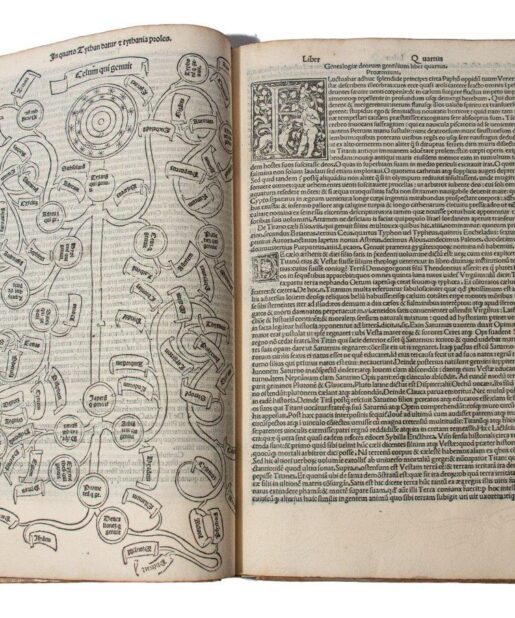
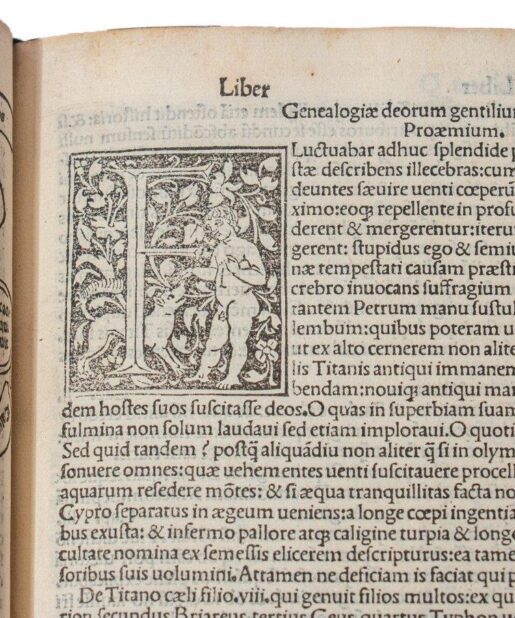
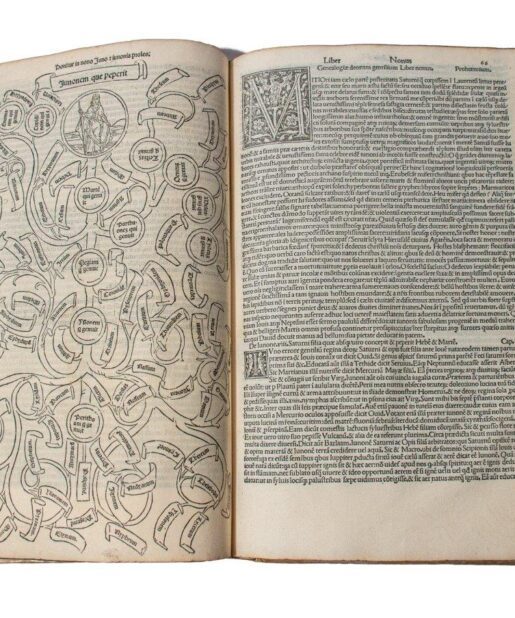
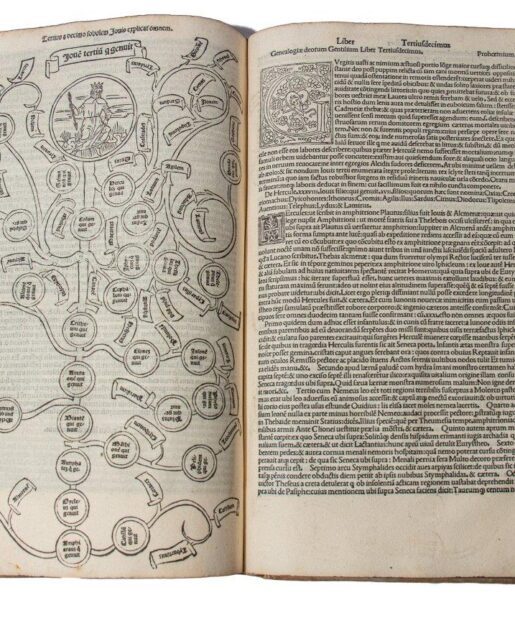
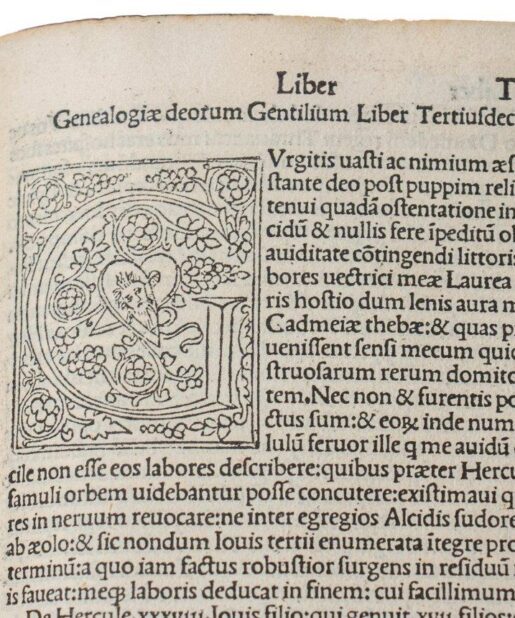
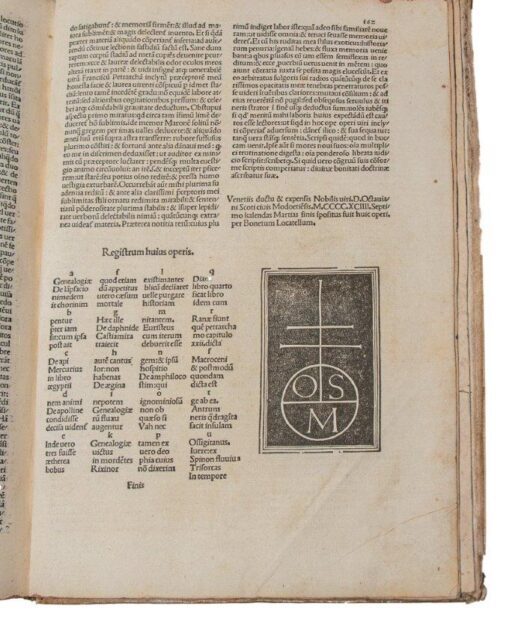
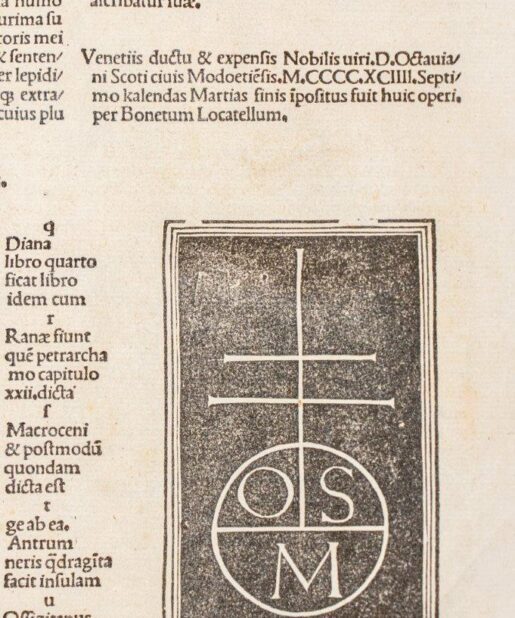
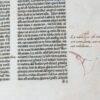
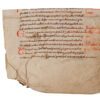
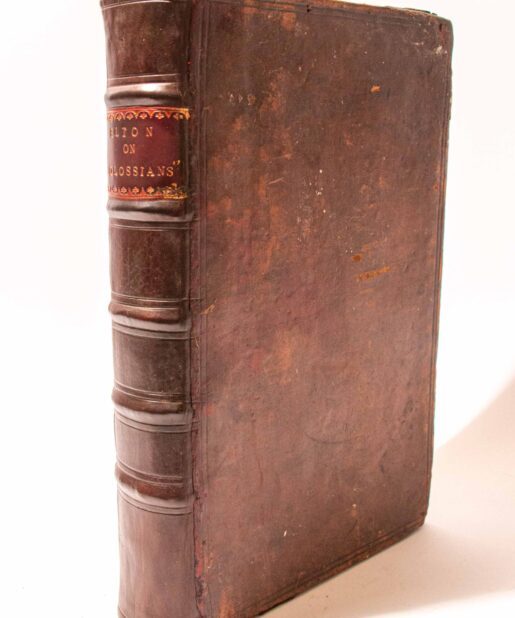
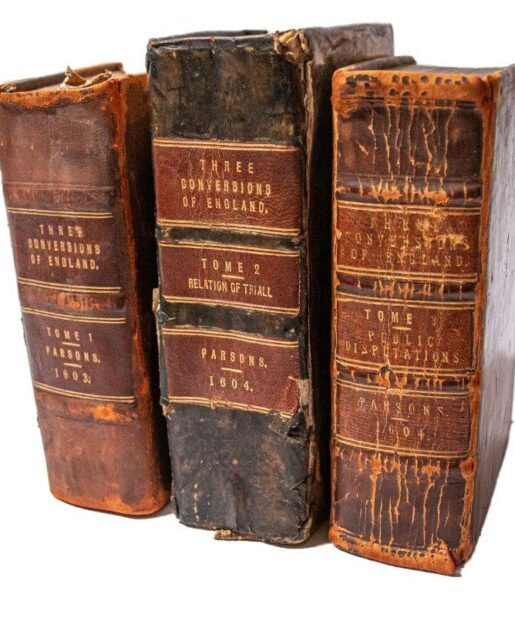
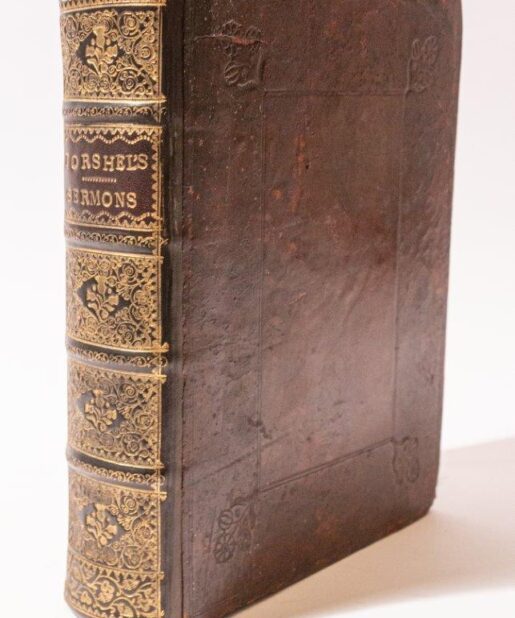
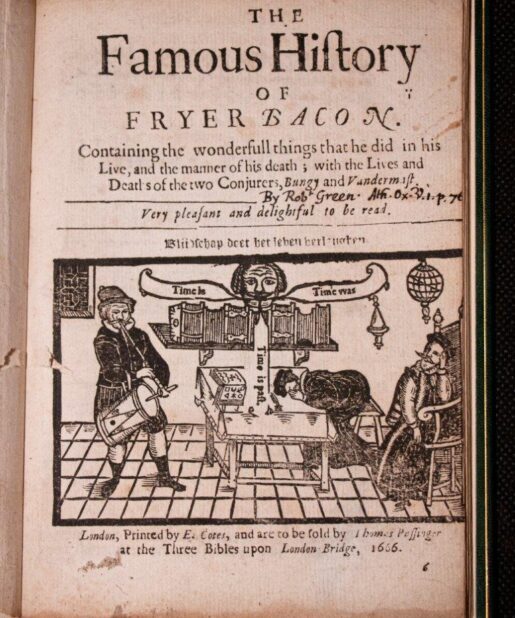
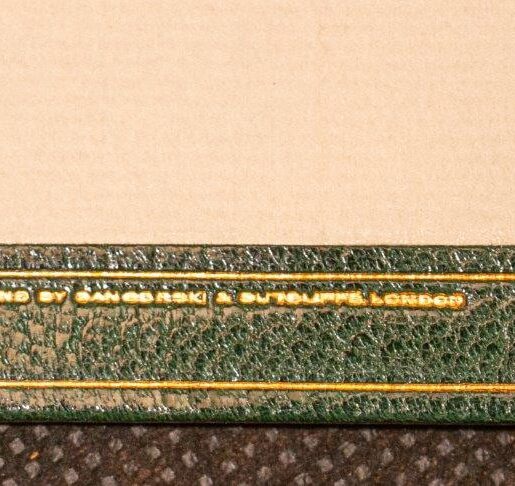
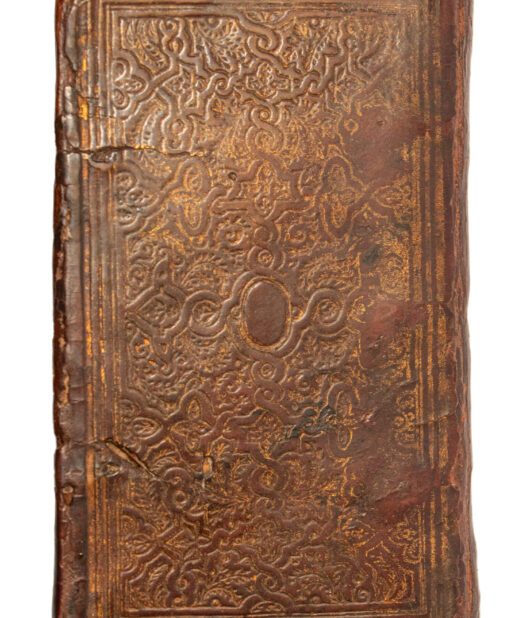
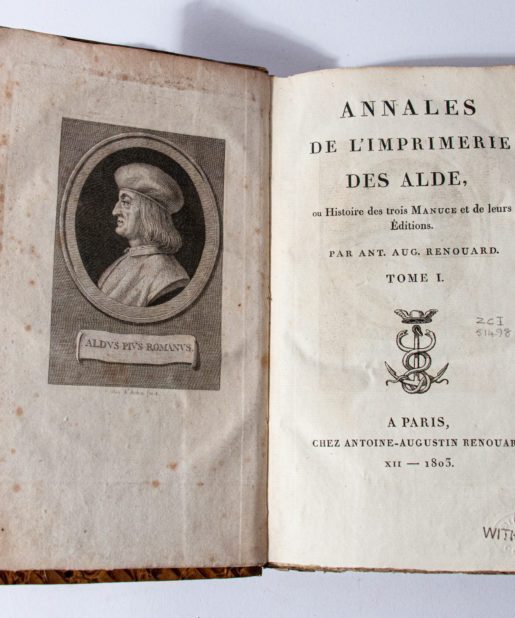
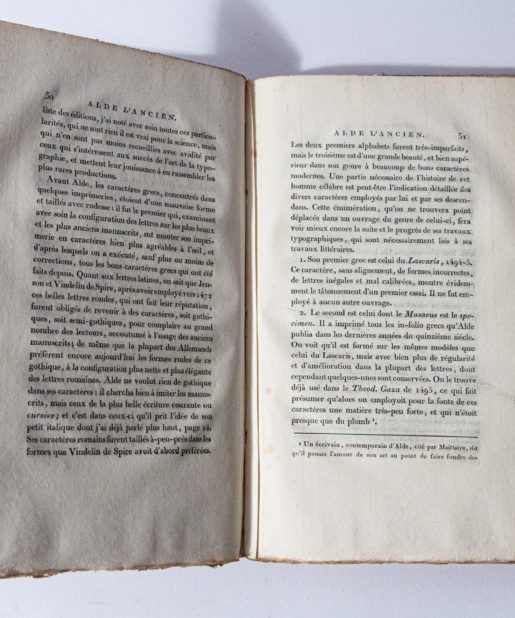
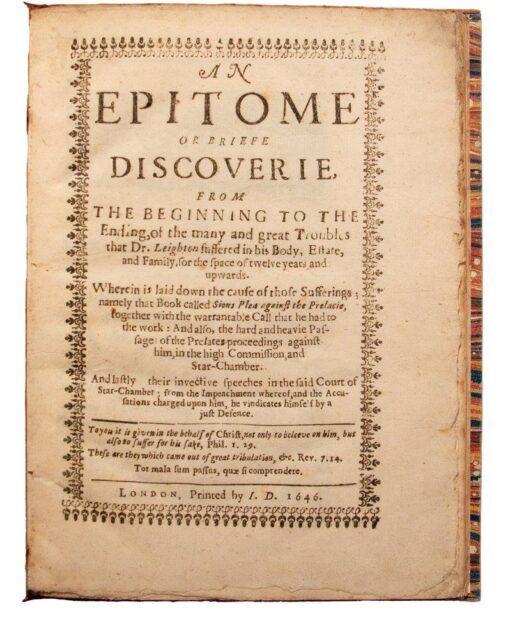
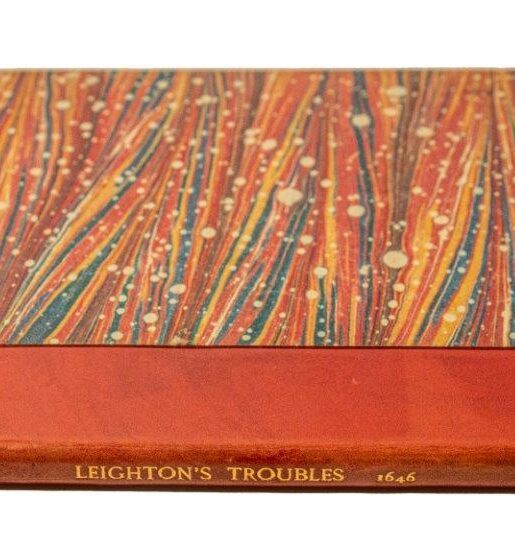
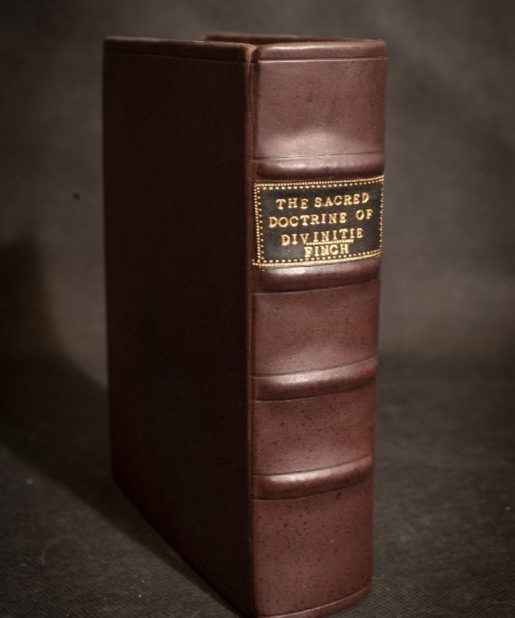
Reviews
There are no reviews yet.